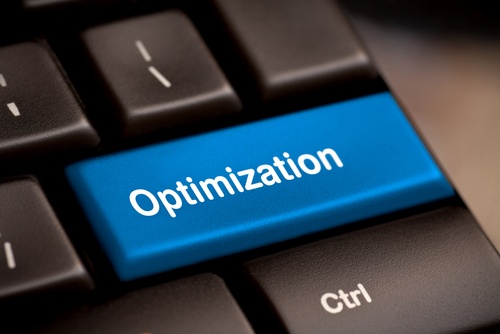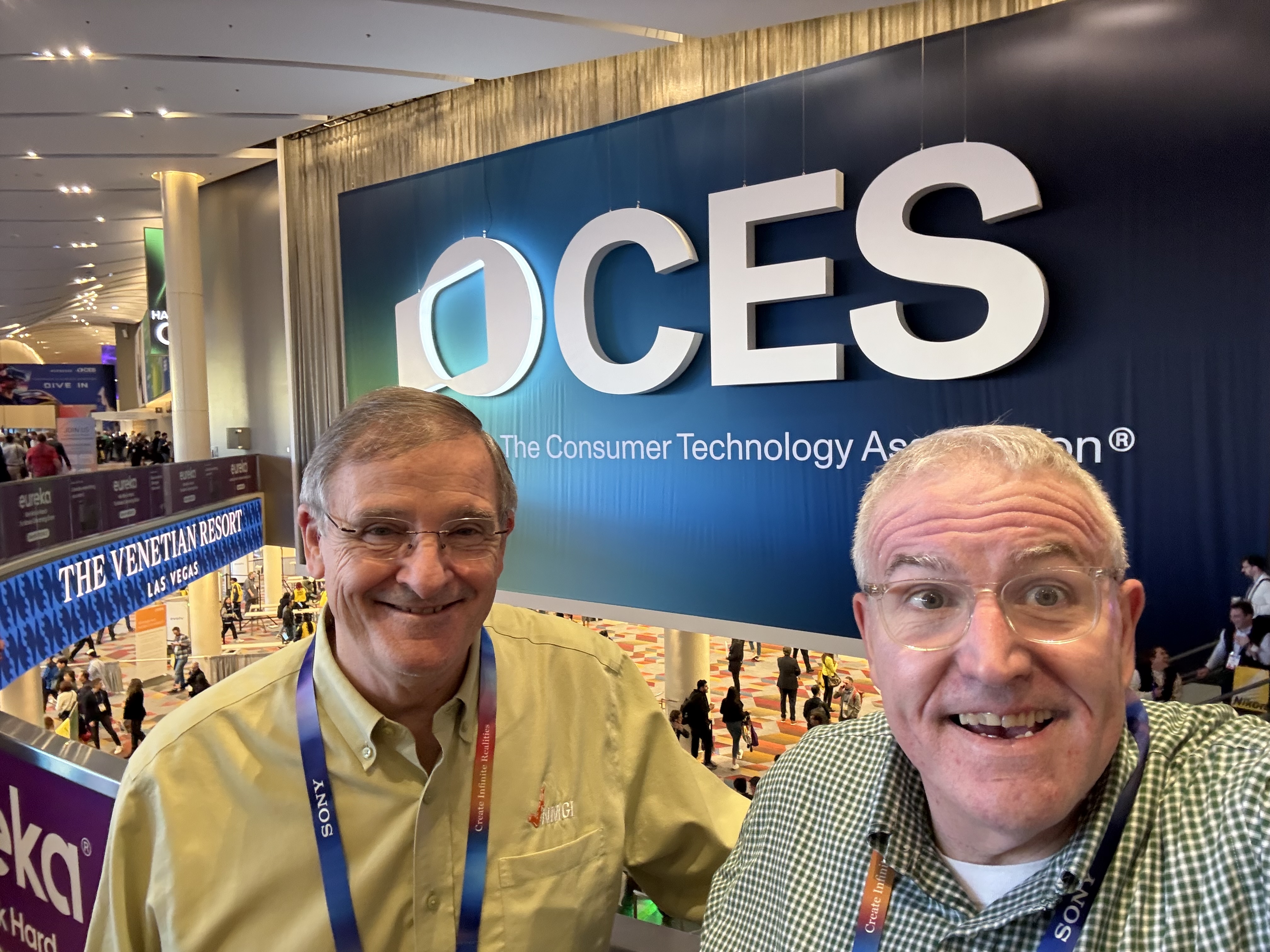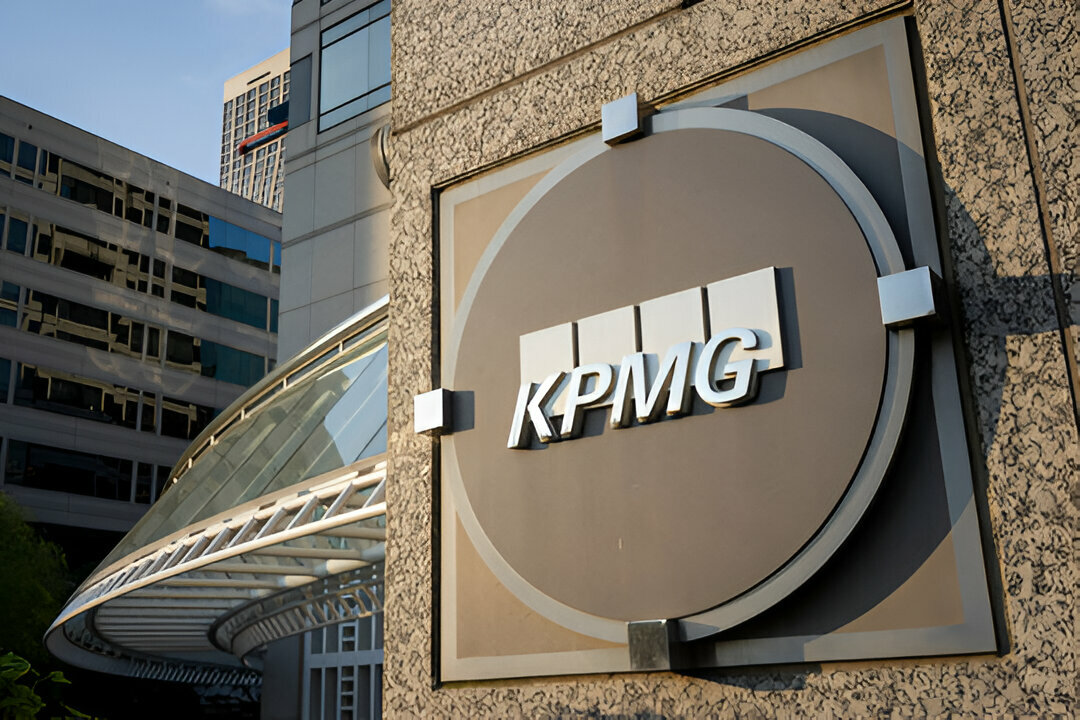Many firms have discovered that there is tremendous opportunity in creating optimal processes. Optimal processes are ones which are defined by consistency, efficiency, a high level of quality and profitability.
While we often focus on the steps firms need to take to optimize processes themselves, it’s important to understand the role that people play in each of these areas. One of the fundamental principles of Lean is continuous improvement. It’s great to pass down optimized processes for your people to follow, but it’s even better to teach them to look for new ways to improve existing processes. So whether you have made progress on your process improvement or you haven’t started yet, here are tips for equipping your people to optimize processes.
Consistency
The success of any firm-wide initiative starts with establishing buy-in, starting with the executive level. Leaders set the example by making a commitment to optimizing processes and communicating that commitment to the firm.
- Everything starts with the firm vision. Firms with a shared vision grow and prosper financially, but they also provide a culture where individuals are rewarded for their efforts in support of the firm’s strategic objectives.
- Variation and personal preferences are the common enemies. How many times has your firm set out to change a process, only to find that one partner or one client wants an exception to accommodate their preferences? Variations result in inconsistent process and increased risk by increasing the likelihood of errors while also making errors harder to identify. The more variation and personal preferences you allow into your process, the greater your quality failures will be, and the more frustrated your people will become. Remove personal preferences and focus on firm preference.
- Have a defined process for everyone to follow. Every firm has processes, but in the best firms they are documented and continually reviewed to identify and eliminate redundancy and inefficiencies. Defined and documented processes also make it possible to efficiently train new personnel and allow people to question and improve those processes when they identify a better way.
- Set expectations. Too often, firms don’t set expectations for the quality of work or completion of work. Your employees – from the newest staff members to experienced managers – want to know what is expected of them. When firms don’t set clear expectations, the result is more inconsistency and less work getting done.
- Provide training and feedback (in line with the firm preference) so people don’t continue to make the same mistakes. Managers and partners often make the excuse that there’s not enough time for training, but until you take the time to train, teach and coach newer team members, your team won’t understand your thought process and gain “big picture” understanding. Training doesn’t happen through review notes. It occurs through repeated discussions.
Quality
When poor quality work makes its way through the staff and senior levels in tax and audit, it further squeezes the time of managers and partners who need to identify and correct that work later. Part of becoming more efficient is building quality and consistency into the process at the beginning. Optimized processes build in quality while maximizing efficiency.
- Hold people accountable. Setting expectations is the first step – accountability is the follow-through. People need to be held accountable at every step in the process. How are you holding people accountable to the expectations that were set? Accountability isn’t a threat. It should be presented as an opportunity for coaching, growth and development.
- Give people a sense of ownership on the project. Help them to understand the importance of their role in the overall process. When someone feels ownership and accountability for the process (and the work produced), they step up their game.
- Develop and empower. This goes back to training. The more training you provide, the better able your team will be to follow processes, the better quality work your firm will produce.
Efficiency
Would anyone argue that the more time it takes to prepare a tax return or financial statement, the better the final product will be? It’s easy to see the fallacy of that logic, yet CPA firms continue to measure their people based on “face time” or billable hours rather than results.
- Focus on results instead of effort. Effort is easy. It just takes time. But more time put in at the office does not necessarily equate to more value added to the firm. Rather than measuring people on the number of hours they worked last week/month/year, we should be looking at what they accomplished. That’s the real measure of efficiency and productivity. When advancement at the firm is based on results, your people will seek out ways to achieve more in less time.
- Set time guidelines and track milestones. We enthusiastically support tracking metrics that actually measure and reward results, not just effort. Those metrics include turnaround time and length of time at certain steps in the process. When you set internal deadlines for your people, this creates a goal to work towards and allows for benchmarking.
- Focus on value-added activities. Focus on what is important. We’ve already mentioned how allowing variation and personal preferences into processes reduces consistency. It also frustrates your people. When your staff receives review points on personal preference items, they quickly become disillusioned with the entire process because they recognize these as a waste of time and not adding value to clients. Reduce turnaround time by focusing on value-added activities.
Profitability
Profitable processes increase your bottom line. Too often, firms look to improve efficiency and profitability with technology. Although technology has made leaps of efficiency possible, it comes at a cost and can also create problems when new technology is simply thrown into old processes. An emphasis should be placed on making sure that the technology is in line with the optimized process and that the people see the benefit and potential it provides.
- Create capacity to deliver value-added services that clients are willing to pay more for. Data can be scanned and auto-populated into tax returns and trial balances. Auditors can use advanced analytics and data management tools rather than sampling or examining every transaction. This frees up time to focus on providing higher-level services to clients and provides more job satisfaction for your people.
Having optimized processes requires a holistic, team-based approach. It requires time and commitment to detect waste and inefficiency. While having a vision from firm leadership is critical, to truly have consistency, quality, efficiency and profitability in your process, you need input from the front line. Equip your people to identify waste and inefficiencies and seek out ways to optimize processes and continuous improvement will become a part of firm culture.
———-
As a consultant for Boomer Consulting, Inc., Arianna Campbell helps accounting firms challenge the status quo by leading process improvement initiatives that result in increased profitability and client satisfaction
Thanks for reading CPA Practice Advisor!
Subscribe Already registered? Log In
Need more information? Read the FAQs
Tags: Firm Management, Technology




